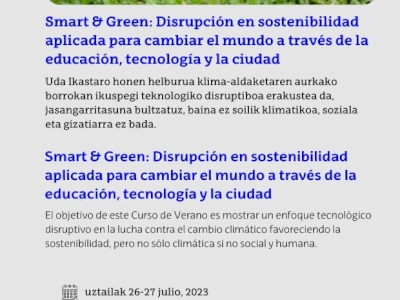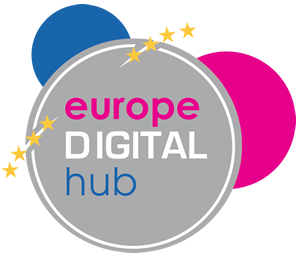gadgetWorld

Apple Vision Pro: the mobile of the future?
The revolution takes place in the diffusion between technological aspects, based on what Apple itself has called "spatial computing", which is related to the integration of real and virtual environments through vision, hearing and touch - the latter in an elusive way - and which offers a user experience close to the sensation of immersion. capable of processing information, overcoming the "presence" associated with new virtual reality environments and advanced business video conferencing systems.
The so-called spatial computing is supported by two Apple-designed processors (M2 and R1) and, above all, by a specific operating system for the new device, called visionOS, whose execution, according to the Vision Pro launch presentation, will offer "an infinite canvas for home and work applications", imagination that pushes the limits of available technology through an adjustable "digital crown" that allows you to set the level of immersion in each environment. This can now be clearly seen in the Vision Pro informational video on Apple's website. This combination of digital content and physical space reveals It leaves device manufacturers hoping to create new business opportunities for companies and organizations that adopt the app store of the future, and will be completed after Apple puts the "visionOS Application Development Kit" in principle in the next few weeks.
That was the leverage of the iPhone and perhaps they are trying to repeat history, given that at the moment there is no small demand from a large audience for mobile connectivity, e-commerce and entertainment; therefore, the success of Vision Pro will belong to the developer community and the entities installed in this new channel.
Strong and safe
Like all Apple devices, the Vision Pro is strong and secure, based on new "optical identity" encryption, recording the registered user's iris, which remains on the device itself. Perhaps the main practical drawback of the Vision Pro at the moment is the short battery life - barely two hours of autonomy - which reflects the device's presentation of being constantly connected to the power source, which is not fixed after all. In other words, although it recognizes the original technical characteristics of this viewer after the generations following Microsoft's HoloLens and Meta's Oculus and Quest, Vision Pro is a reference for virtual reality communications at home and at work, surpassing and replacing consoles with their monitor and with desktop computers and especially with mobile terminals that have been used for training and entertainment activities.
Recent reports from Analysys Mason and SDX Central on VR and AR headset connectivity indicate a reliance on fiber access networks, with two-way speeds approaching 1 Gbps to ensure minimal latency for the immersive Vision Pro experience.
The developments of virtual reality for games and entertainment in general and augmented reality for professional applications have still produced unsatisfactory results for the relatively widespread emerging communication model and the progressive abandonment of the previous technology. Tablets remain the ideal device for professional applications with limited functionality and low-cost custom development, while consoles, associated with exclusive content, continue to meet the expectations of the entertainment market for the general public, whose growth is likely.
On the other hand, it is likely that some of the most popular applications in the iOS "AppStore" (iPhone/iPad) will be adapted to visionOS, considering its purchasing power. The Vision Pro will have to be tied to the user, as it will start at the beginning of 2024 with a reference price of over 3,000 euros.
Strengthening Apple's leadership
The Vision Pro is an opportunity to reinforce Apple's leadership in aspirational wireless devices, with several implications, all of which could be beneficial for Apple, which, on the other hand, conveyed its hopes at the same Vision Pro launch.
With this being the case, it could be said that Vision Pro and its direct competitors will be regarded as a means of communication and will cease to be a communication device and access to audiovisual content. To the extent that they want to replicate or enrich an experience or indirectly an intellectual desire (in the broad field of the arts and especially education) or a material need (as an enabler of business transactions, devices like the Vision Pro will create theirs). In the professional market, viewers in certain savings (including in training and user training) they have the potential to contribute, and their cost amortization may be lower than higher productivity.
Multimedia
Smart & Green Fundazioa Summer Courses from UPV/EHU

What are you waiting for? Sign up
Blockchain Conference La Rioja









